How to calculate impedance of a capacitor?
Discover how to calculate the impedance of a capacitor effectively with DXM. Understanding this vital concept is crucial for optimizing circuit performance. Our comprehensive guide simplifies the process, ensuring you grasp the key principles and calculations involved. Learn how to measure and analyze the impedance of a capacitor accurately. Enhance your technical expertise with DXM's trusted insights and boost your electronic project outcomes. Start mastering the impedance of capacitors today for seamless operational efficiency.
- What is Impedance in a Capacitor?
- Importance of Calculating Capacitor Impedance
- Formula for Calculating Impedance
- Impedance Formula
- Where:
- Capacitive Reactance Formula
- Definitions:
- Explanation:
- Key Points:
- Step-by-Step Guide to Calculate Impedance of capacitor
- Factors Affecting Capacitor Impedance
- FAQs about Capacitor Impedance Calculation
- Conclusion: Mastering Impedance of Capacitor for Efficient Circuit Design

The impedance of capacitor impacts the circuit’s response significantly. Knowing how to calculate impedance of a capacitor is vital for engineers and tech enthusiasts. This guide simplifies impedance of capacitor, offering clear steps and practical insights. By understanding these basics, you can optimize circuit design and enhance system performance effectively. Accurate calculations ensure the correct capacitors are used, contributing to efficient signal processing and power management in diverse applications.
What is Impedance in a Capacitor?
Impedance, often symbolized as Z, combines resistance and reactance. Unlike resistance, impedance accounts for complex interactions. For capacitors, it indicates how they oppose AC (alternating current). Calculating this helps optimize circuit performance.
Importance of Calculating Capacitor Impedance
Understanding impedance is vital for efficient circuit design. It helps predict how circuits behave at different frequencies. Managing impedance can lead to better signal integrity and energy efficiency, crucial for advanced electronic projects.
Formula for Calculating Impedance
The impedance of capacitors can be expressed using the following formula:
Impedance Formula
Z = -jX_C
Where:
Z= Impedance in ohms (Ω)j= Imaginary unitX_C= Capacitive reactance, calculated as:
Capacitive Reactance Formula
X_C = \frac{1}{2\pi f C}
Definitions:
- f: Frequency in hertz (Hz)
- C: Capacitance in farads (F)
Explanation:
The impedance of capacitors is a complex quantity that accounts for the phase difference between voltage and current in AC circuits. The capacitive reactance decreases with increasing frequency, which is crucial in applications like filtering and signal processing.
Key Points:
- The impedance is represented as a complex number, indicating both magnitude and phase.
- A higher frequency or capacitance results in lower reactance.
-

Step-by-Step Guide to Calculate Impedance of capacitor
- 1.Determine Capacitance (C): Identify the capacitance value of the capacitor in farads (F).
- 2.Determine Frequency (f): Identify the frequency of the AC signal in hertz (Hz).
- 3.Calculate Reactance (X_C): Use the formula:
X_C = \frac{1}{2\pi f C} - 4.Calculate Impedance (Z): Substitute \( X_C \) into the impedance formula:
Z = -jX_C - 5. Interpret the Result: Remember that impedance is a complex number representing magnitude and phase.
Capacitor Impedance Calculator
Factors Affecting Capacitor Impedance
1. Frequency: Higher frequencies reduce impedance.
2. Capacitance: Greater capacitance results in lower impedance.
3. Circuit Environment: Temperature and surrounding components influence performance.
FAQs about Capacitor Impedance Calculation
1. What is the phase relationship in capacitor impedance?
The phase angle of a capacitor’s impedance is 90 degrees, leading current in voltage.
2. How does temperature affect capacitor impedance?
Higher temperatures can reduce capacitance, altering impedance.
3. Can impedance be negative?
Impedance involves complex numbers, hence the imaginary part might be negative, indicating leading current.
4. Why is understanding impedance essential for AC circuits?
It ensures circuits function correctly at specified frequencies with minimal losses.
Conclusion: Mastering Impedance of Capacitor for Efficient Circuit Design
Calculating the impedance of capacitor is essential for efficient circuit design. Knowing how to calculate impedance of a capacitor allows engineers to optimize performance and achieve precision. Whether for hobby projects or professional systems, this knowledge ensures reliability and efficiency.
Stay ahead by mastering advanced circuit design. Understanding the nuances of impedance empowers innovation and boosts engineering precision. By exploring this field, you enhance your skills and create more effective electronic solutions, paving the way for modern, high-performance designs.
Author: Ivan Huang
© 2024 DXM Blog. All rights reserved.
Recommended for you
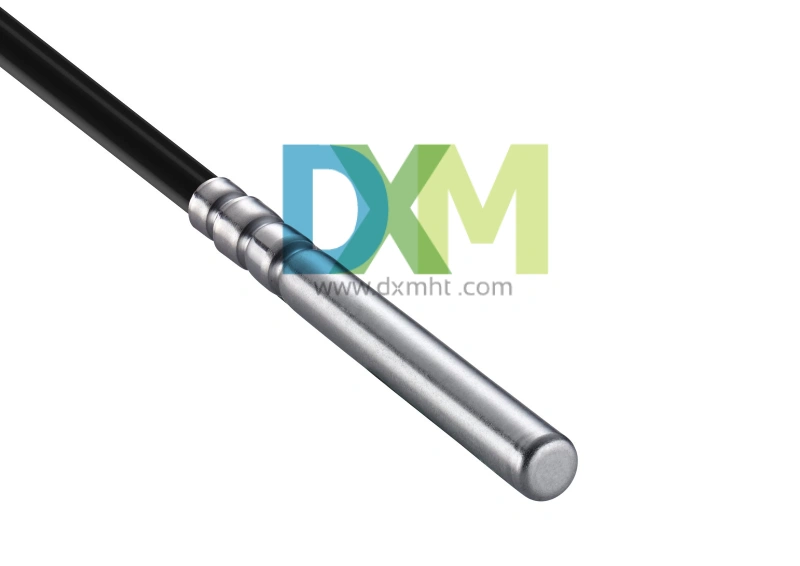
Water Temperature Sensor: The Key to Engine Health and Efficiency
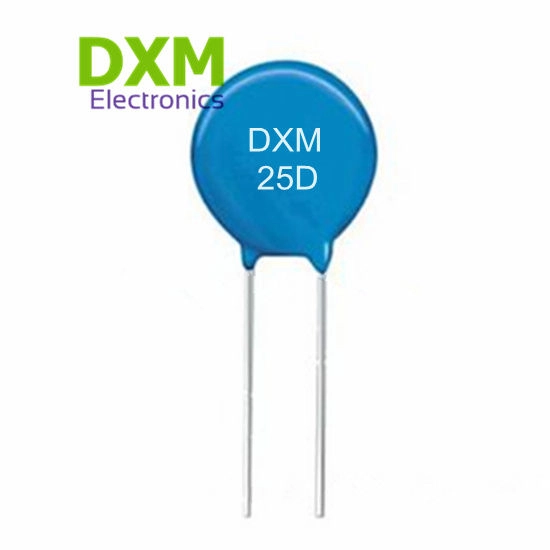
Lightning Surge Protection Varistor: Essential for Protecting Your Electrical Systems
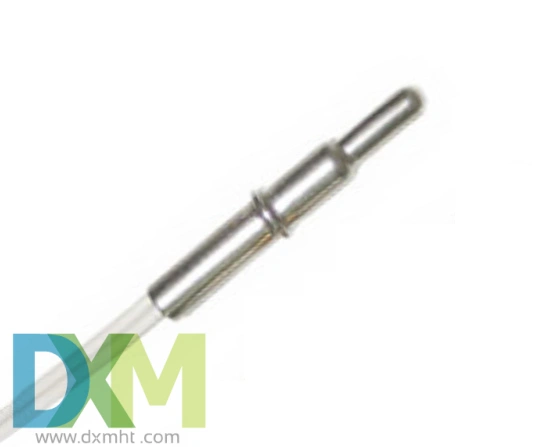
Water Temp Sensor: How to Test it for Reliable Performance?
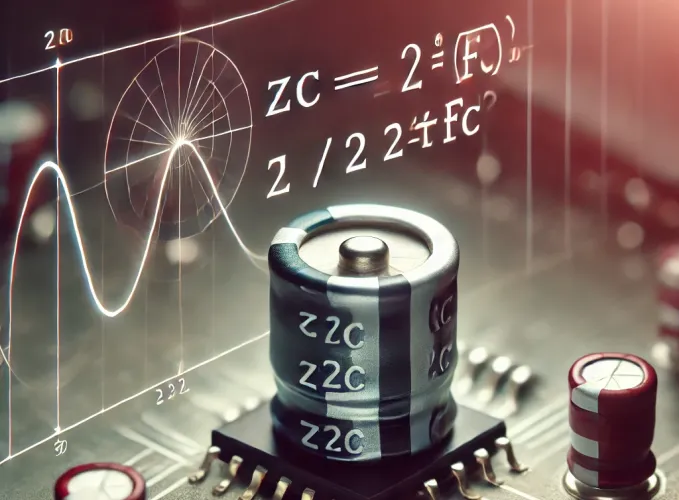
Capacitor Impedance: Calculation Guide & FAQs
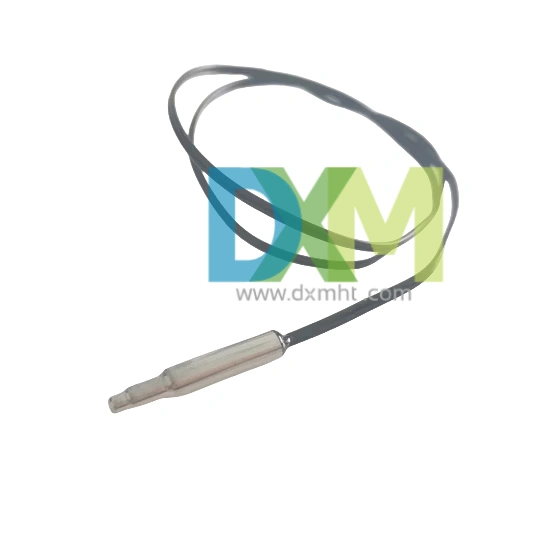
Temperature Probe Sensor: A Comprehensive Guide
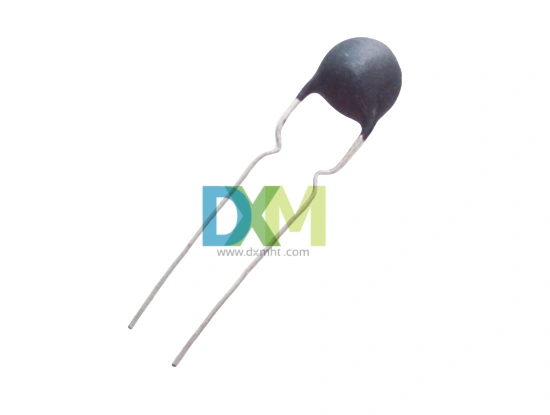
Termistor NTC: What Does a Thermistor Do?
Logistics
Is your logistics and distribution service reliable?
Yes, we cooperate with a number of well-known logistics companies to ensure the timeliness and reliability of logistics and distribution services and provide you with a satisfactory distribution experience.
How long does logistics delivery take?
Shipping times depend on your location and the shipping method you choose. Generally speaking, international shipping can take anywhere from a few weeks to a few months.
Price and Payment
Price
The price will be quoted in US dollars.
1) For small order quantities and small packing, normally our quotation is based on the ex-works price. The cargo will be delivered by courier after being finished normally.
2) For bulk orders and large volumes, normally our quotation is based on the FOB price. Please inform us of your destination seaport and estimated quantity, and our representative will quote you the C&F or CIF price accordingly. If you feel our freight is higher than your expectation, you can recommend your shipping company to us. Our principal is looking for a shipping company with a good reputation that offers competitive freight costs and can deliver your cargo promptly.
How are the prices of your products determined?
Our product prices are based on a variety of factors, including order quantity, customization requirements, and market competition.
Customized Services
Free sample availability
You can contact our representative via email, fax or phone to specify the sample you need and provide your courier's account number (such as UPS, FedEx, DHL, TNT, etc.).. And we’ll send you samples free of charge through your courier by freight collection.
You may also like

KTY83-110 Sensor with Silicon Glass Thermistor
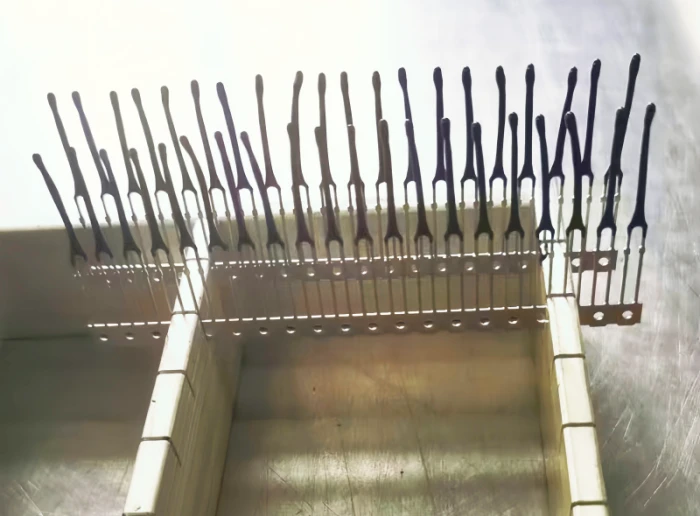
Bracket Type NTC Thermal Sensor MF52X for Precise Temperature Measurement
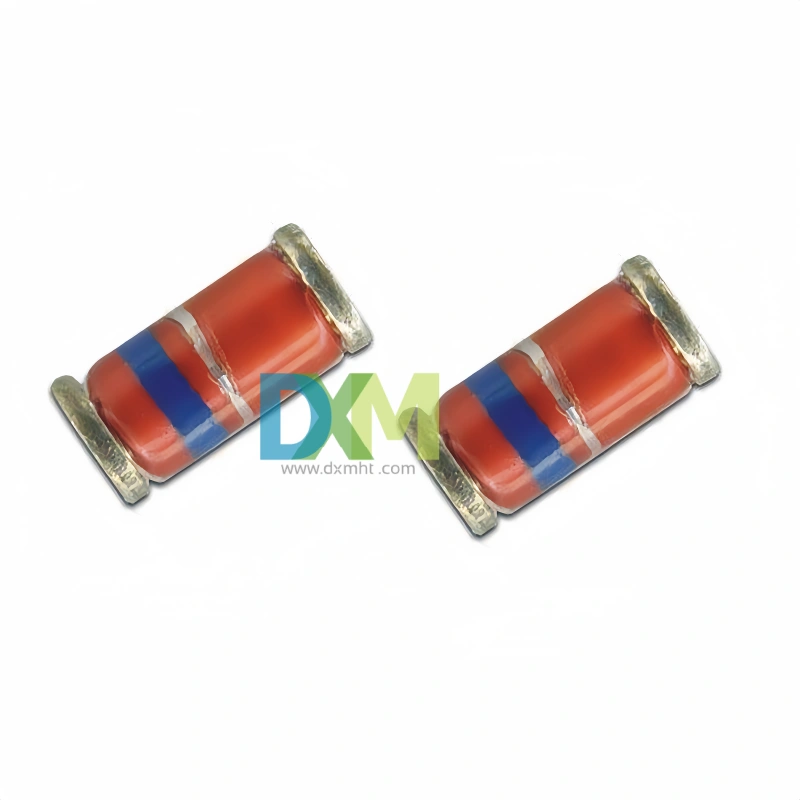
Glass Thermistors MF58E for High-Precision Applications
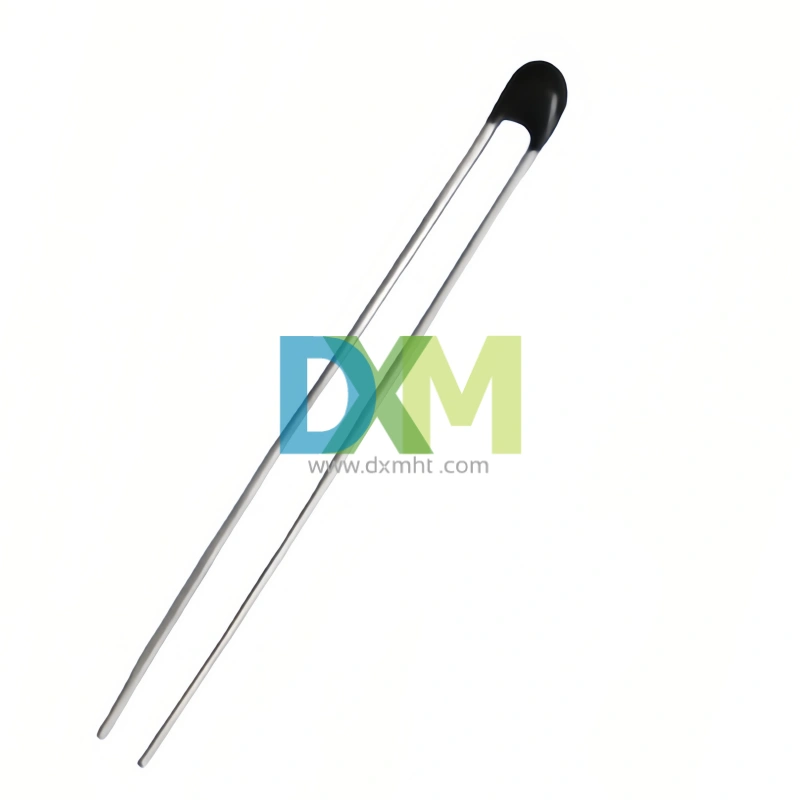
High Precise NTC Sensors for Temperature Measurement and Control
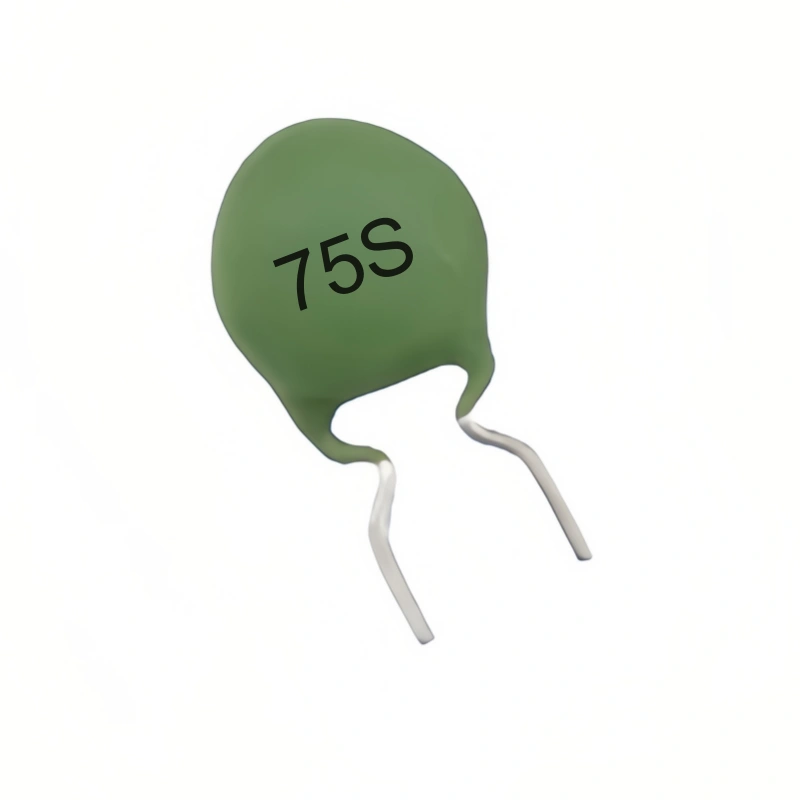
WMZ12A 75S PTC Thermistors for Over-Current and Over-Load Protection
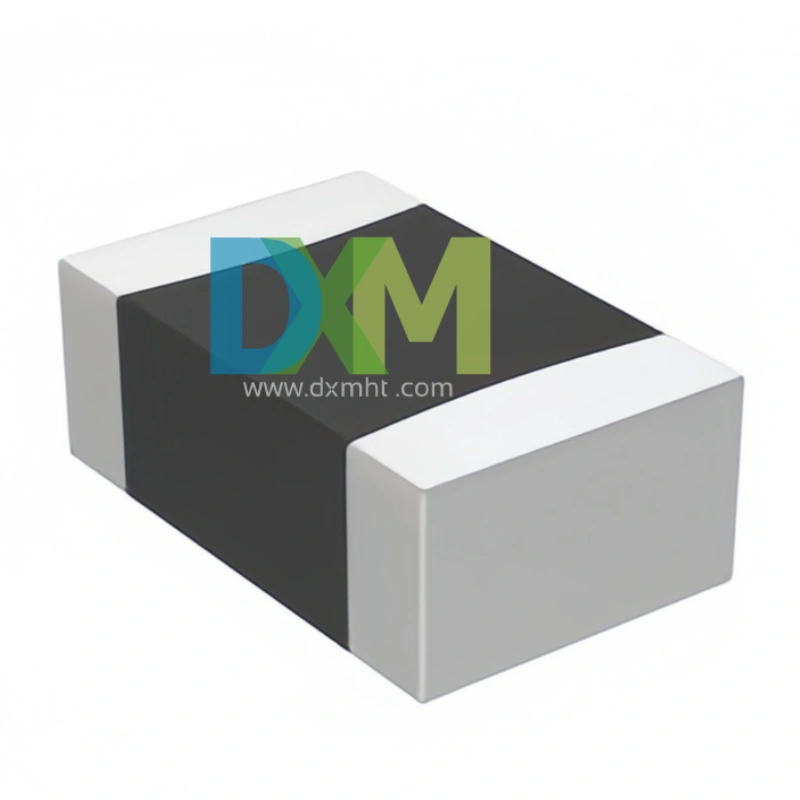
SMD Sensors: Advanced Temperature Sensing Excellence
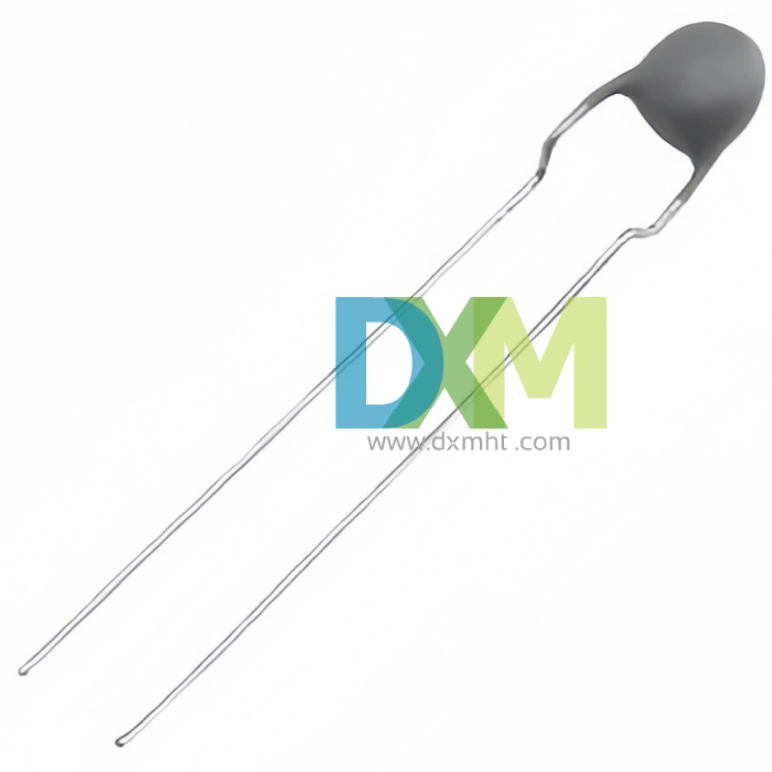
Thermistor PTC MZ11 Series for Light Efficient Design
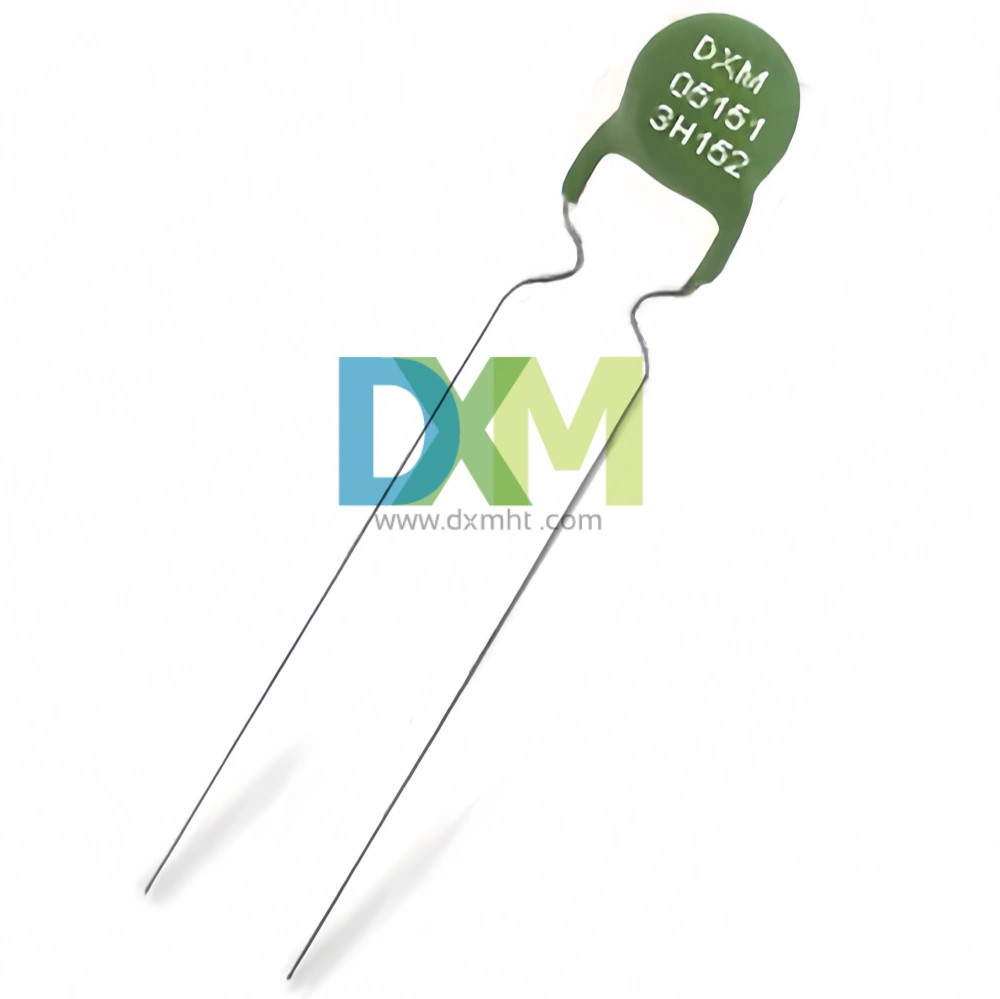
PTC Thermistors for Ballast Electronic and Energy Saving Lighting Intelligent Preheat Start MZ12 | DXM
Get in Touch
Discover premium thermistors, sensors, and resistors tailored to your needs.Our dedicated team of experts is available to assist with product selection, technical queries, and after-sales service. Contact us for custom solutions and experience exceptional customer support.
© 2024 DXM | Designed by gooeyun

 Scan QR Code
Scan QR Code
Scan QR Code
Whatsapp: +8618927361658
Shenzhen DXM Technology Co., Ltd.
DXM PTCNTC
Shenzhen DXM Technology Co., Ltd